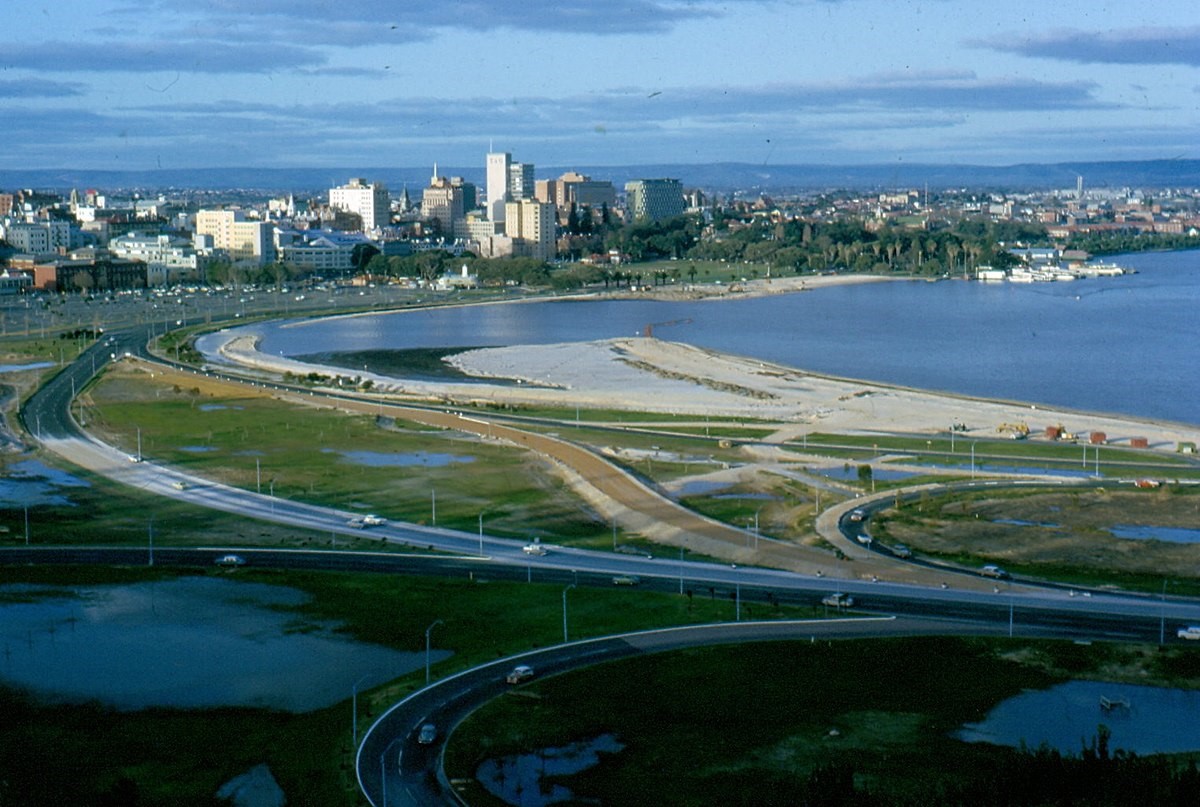Free Courses Sale ends Soon, Get It Now


Free Courses Sale ends Soon, Get It Now



Disclaimer: Copyright infringement not intended.
Context
What is Land reclamation?
Methods
Agriculture
Artificial islands
Beach restoration
Landfill
Background
Land reclamation in the past
Land reclamation now
|
DID YOU KNOW? The projects in 106 cities around the world had altogether created around 2,530 square kilometers of coastal land, an area roughly the size of Luxembourg. |
Concerns
Sill a feasible solution?
|
PRACTICE QUESTION Q). Is it worth to spend billions of dollars, disrupt local communities and livelihoods and permanently damage the marine ecosystems to create new land of several meters in altitude, which would only last several decades? Elucidate. (250 words) |
© 2024 iasgyan. All right reserved